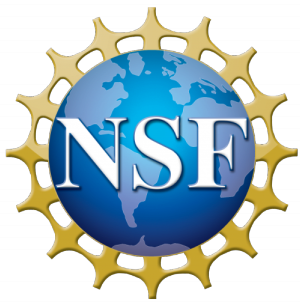April 21st, 2020 | RESEARCH
Spatial ability is an intelligence that has been shown to be particularly important in science, technology, engineering, and math fields. Targeted spatial interventions have been shown to improve spatial ability and support the success of individuals in these fields. However, the blind and low vision community has largely been omitted from this research, in part because no accepted and validated assessment of spatial ability is accessible to this population. This paper describes the development and preliminary validation of a new spatial ability instrument that is designed to be accessible non-visually. Although additional work is needed to finalize the test, preliminary analysis indicates that the test has high reliability and validity.
Document
preliminary-validation-of-a-spatial-ability-instrument-for-the-blind-and-low-vision.pdf
Team Members
Sarah Lopez, Author, Utah State UniversityWade Goodridge, Author, Utah State University
Isaac Gougler, Author, Utah State University
Daniel Kane, Author, Utah State University
Natalie Shaheen, Author, Illinois State University
Citation
Identifier Type: doi
Identifier: 10.3102/1588199
Funders
Funding Source: NSF
Funding Program: Advancing Informal STEM Learning (AISL)
Award Number: 1712887
Funding Amount: $2,101,009.00
Related URLs
Spatial Ability and Blind Engineering Research
Tags
Access and Inclusion: People with Disabilities
Audience: Adults | Educators | Teachers | General Public | Learning Researchers | Museum | ISE Professionals | Scientists | Undergraduate | Graduate Students
Discipline: Education and learning science | Engineering
Resource Type: Conference Proceedings | Research Products
Environment Type: Conferences | Summer and Extended Camps

